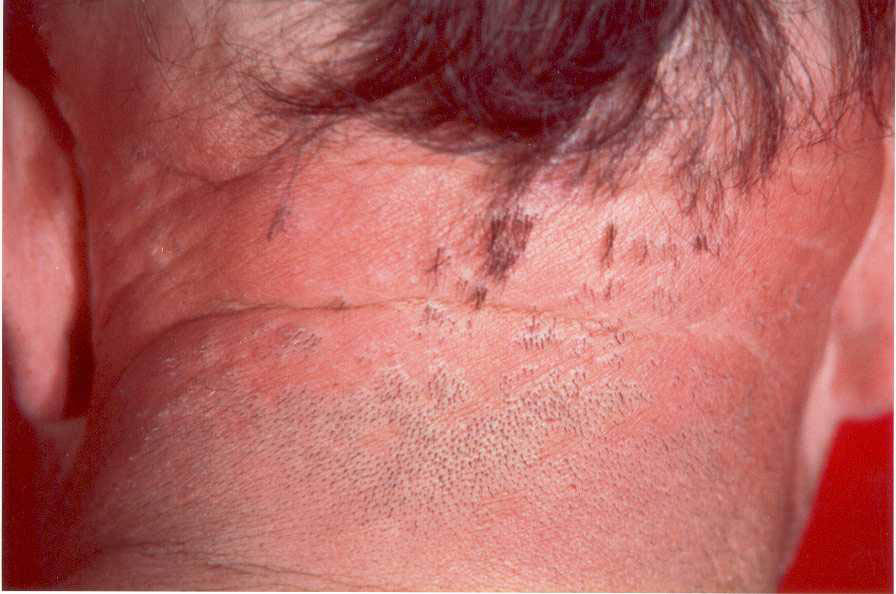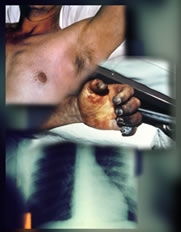 Economic crisis, bank failures and plague in the Middle Ages.
Economic crisis, bank failures and plague in the Middle Ages.A.D. 1200 has been called the golden age, as characterized by a booming economy combined with widespread...
 Plague and Vampirism in the Middle Ages
Plague and Vampirism in the Middle AgesIn A. D. 1300 in Poland, more precisely in the region of Kashubia, was coined the term "nachzehrer"...
 "The Miroir Des Simples âmes" Marguerite La Porete
"The Miroir Des Simples âmes" Marguerite La Porete "The miroir des simples âmes" Marguerite la PoreteThe first of June 1310, in Paris, the heart...
 Biological Weapons
Biological WeaponsThe Geneva Protocol was ratified the 17 June 1925, banned the use of biological weapons but Japan...













